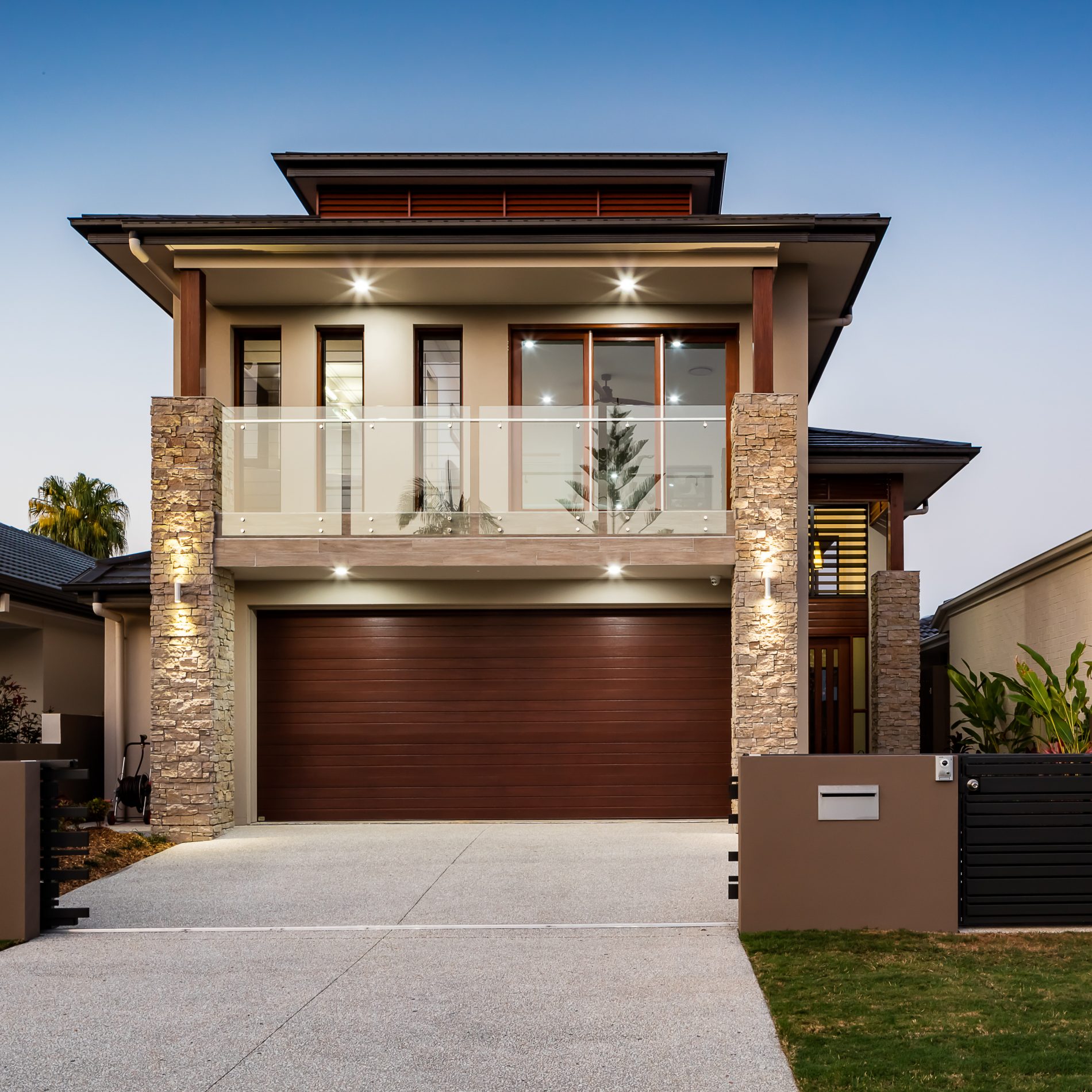Christmas Holiday Home Safety Tips
If you are planning to go away for the holidays, you need to keep your home safe and secure...
Read More
Probably one of the first questions asked by any potential client wishing to build a new home is –
How do I know the block I am looking at is going to be OK to build on?
It’s an important question of course and hopefully some of the points below will assist in answering some of the more common questions……
Soil Type.
Get a geotechnical report on the block. This will determine the composition and reactivity of the soil, and allow you to determine what sort of subfloor is required.
Easement, rights of way and access.
Check with your solicitor or conveyancer to confirm that all easements, covenants or other restrictions have been properly identified. In some states, a vendor’s statement outlining these sorts of things is mandatory, but in others it’s a case of caveat emptor (buyer beware).
Shape, Size & Orientation.
Check the width, depth and slope of the block against the dimensions of the kinds of houses you would like to build – and consider how neighbouring structures and trees may affect solar access (now and in future). Check with the local council to see if there are any boundary setback requirements or other conditions that will determine where on the block of land you can build, and whether the plot is in a bush fire prone area.
Existing Roads and Access to Essential Services.
Arranging for the connection of basic services is normally taken care of by the builder. To clarify anything related to access or the provision of any kinds of services in remote areas, have a talk to the local council.
Restrictions on how you can build.
Call the council for information on local restrictions, heritage overlays or other circumstances that may limit what you can build. Different councils also have different rules about the circumstances that require you to notify neighbours about plans to build. Find out what these are.
Proximity to public / crown land or commercial land.
Is the block of land too close to noisy industrial sites? Will it be less safe if it’s next to a suburban park or alleyway? Visit the site at different times of the day, both on weekdays and on the weekend and take in everything that’s going on. This will let you know how much noise to expect and it will also let you know if the neighbours enjoy partying until the early hours!
How high the plot is above sea level.
Particularly a concern if you’re building in an area that’s prone to flooding.
What’s being built nearby?
Nobody wants to buy a plot of land only to find out a truck stop’s going in next door. Check with the council, or use planningalerts.org.au or a similar service to keep tabs on nearby developments.
Privacy.
Nobody wants an entire apartment block staring into their bedroom window. Carefully consider what’s next door, what you’re building, and how secluded you can make it.